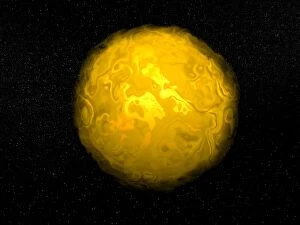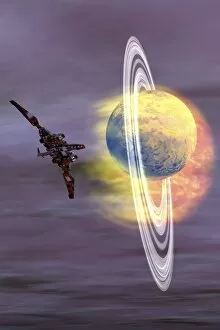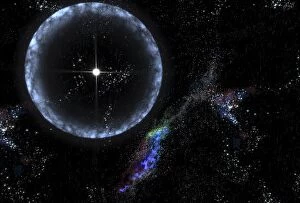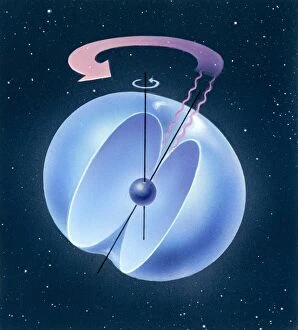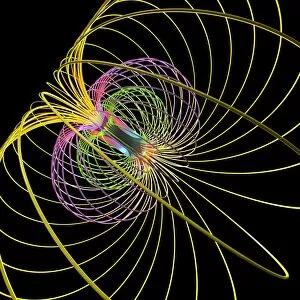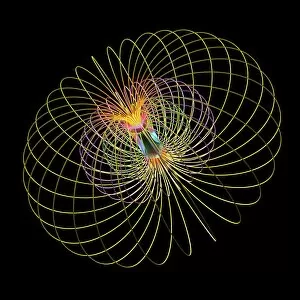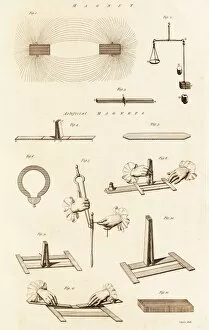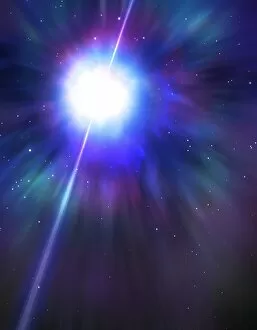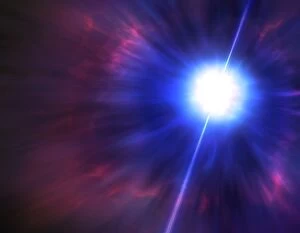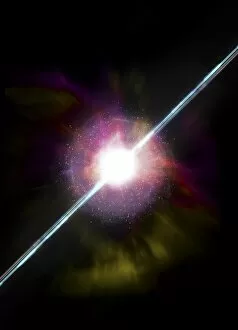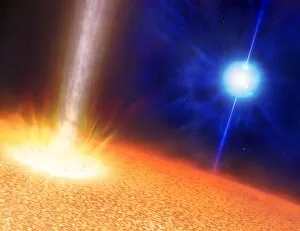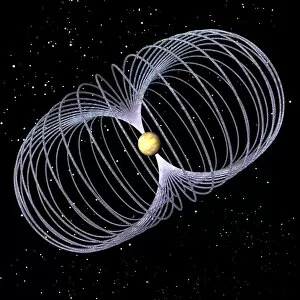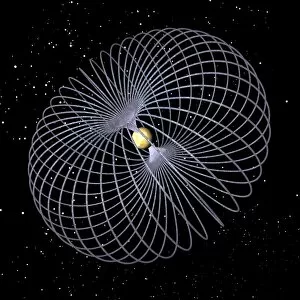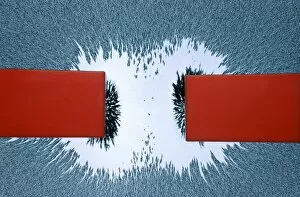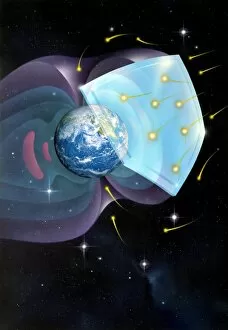Magnetic Field Collection (page 2)
Exploring the Mysteries of the Magnetic Field: From Crab Nebula to Particle Collisions Captivating and enigmatic
All Professionally Made to Order for Quick Shipping
Exploring the Mysteries of the Magnetic Field: From Crab Nebula to Particle Collisions Captivating and enigmatic, the Crab Nebula reveals its true essence in this stunning composite image, showcasing the intricate dance of magnetic fields within its cosmic realm. Witness the captivating power of magnetic repulsion as bolts of electricity discharge in Nikola Tesla's legendary lab, illuminating our understanding of this fundamental force. Behold an ethereal spectacle as an aurora graces Antarctica's skies, a mesmerizing display fueled by Earth's magnetic field interacting with charged particles from space - a satellite image that captures nature's own light show. Venture into Canada's Yellownife region and witness firsthand the breathtaking beauty of Northern Lights painting vibrant streaks across the night sky, a testament to Earth's powerful magnetosphere at work. Step foot onto Mars 96 surface station through this awe-inspiring artwork, where scientists envision how magnetic fields shape distant worlds and influence their environments. Delve into particle collisions within colossal accelerators like never before – these high-energy experiments unraveling mysteries hidden deep within subatomic realms under intense magnetic fields' guidance. Marvel at C016 / 9855’s captivating artwork depicting swirling magnetic fields intertwining with matter; it serves as a reminder that invisible forces shape our universe on both grand and minuscule scales alike. Encounter pulsars – celestial lighthouses emitting beams of radiation while spinning rapidly due to immense gravitational forces harnessed by their strong internal magnetic fields – unveiling secrets about stellar evolution. Unleash your curiosity upon particle accelerators' mind-boggling capabilities; these technological marvels harness extreme electromagnetic forces to propel particles at incredible speeds for groundbreaking discoveries in physics research. Immerse yourself in an artistic interpretation capturing Earth’s magnetosphere - a protective shield formed by our planet’s dynamic core generating complex magnetic fields, shielding us from harmful solar winds.



